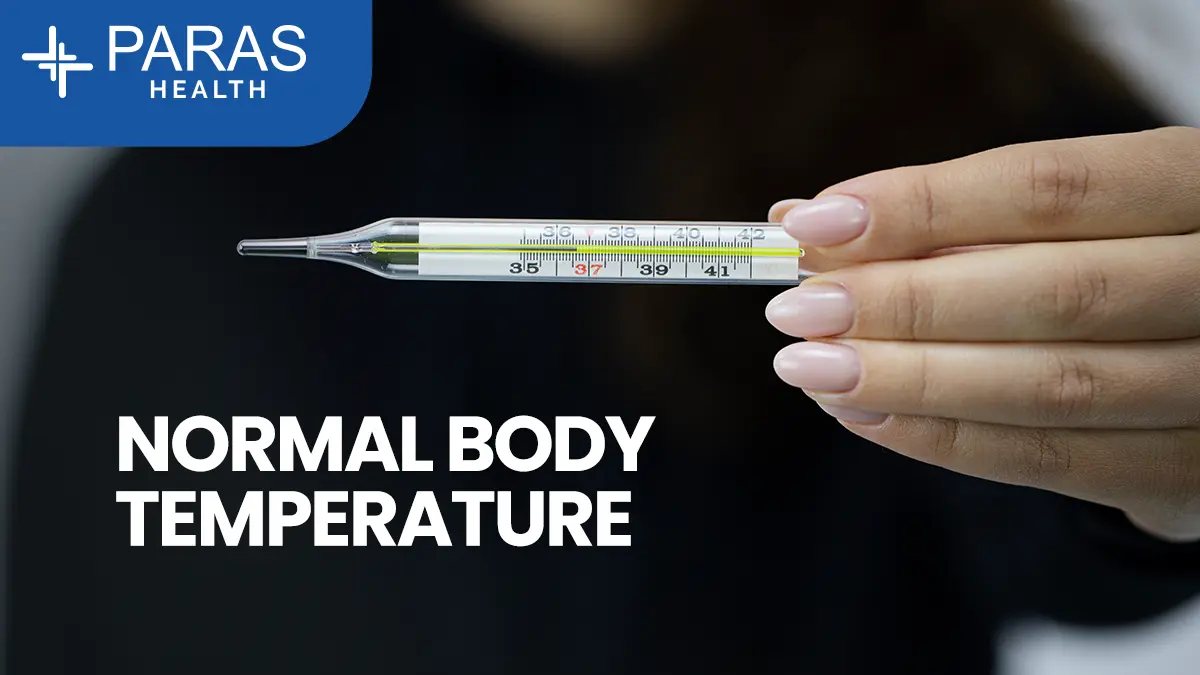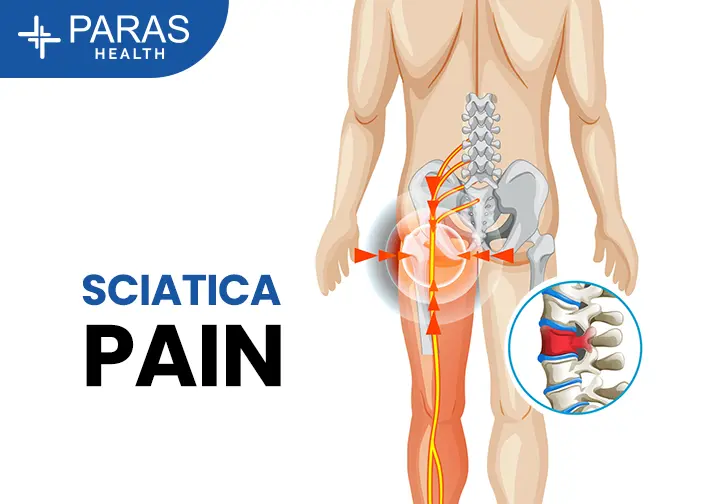Blogs
- All
- Cardiac Sciences
- Clinical Psychology
- Critical Care
- Dentistry
- Dermatology & Cosmetology
- Emergency Medicine
- Endocrinology
- ENT, Neck & Head Surgery
- Gastro Sciences
- General Surgery
- Internal Medicine
- Neuro Sciences
- Obstetrics & Gynaecology
- Onco Care
- Ophthalmology
- Orthopaedics
- Paediatrics
- Plastic Surgery
- Psychiatry
- Pulmonology
- Renal Sciences
- Emergency
- Urology
- Liver Transplant & GI Surgery
- Dietetics & Nutrition
- General
Internal Medicine | Post Date : Dec 27, 2025
Checking your body temperature at home may seem like a simple task, but doing it the right way is very important. An incorrect reading can either cause unnecessary worry or delay timely medical care.
Continue Reading
Dietetics & Nutrition | Post Date : Dec 26, 2025
Trying to lose weight but don’t want to give up tasty food? You’re not alone. One of the most common questions people ask is: “Which fruits are good for weight loss?”
The good news is—fruits can absolutely support weight loss, if you choose the right ones and eat them the right way.
Continue Reading
Internal Medicine | Post Date : Dec 26, 2025
Green tea has been enjoyed for centuries, but today it is one of the most recommended health drinks worldwide. From weight loss and better digestion to glowing skin and heart health, the health benefits of green tea go far beyond just being a refreshing beverage.
Continue Reading
Internal Medicine | Post Date : Dec 22, 2025
Vitamin D3 is often called the sunshine vitamin, yet vitamin D deficiency is extremely common—even in sunny countries like India. Many people feel tired, experience body pain, frequent illness, or weak bones but don’t realize that low vitamin D levels could be the reason.
Continue Reading
Gastro Sciences | Post Date : Dec 20, 2025
Most of us think of gut health only when we have stomach pain, acidity, or constipation. But the truth is—your gut controls far more than digestion. From immunity and mood to skin, weight, and energy levels, your gut quietly affects your entire body.
Continue Reading
Orthopaedics | Post Date : Dec 20, 2025
Sciatica pain can be frightening—especially when it shoots from your lower back down your leg and refuses to settle. Many people immediately worry: “Will I need surgery?”
The good news is most people with sciatica do NOT need surgery. However, in some situations, surgery becomes necessary to prevent nerve damage and long-term problems.
Continue Reading








